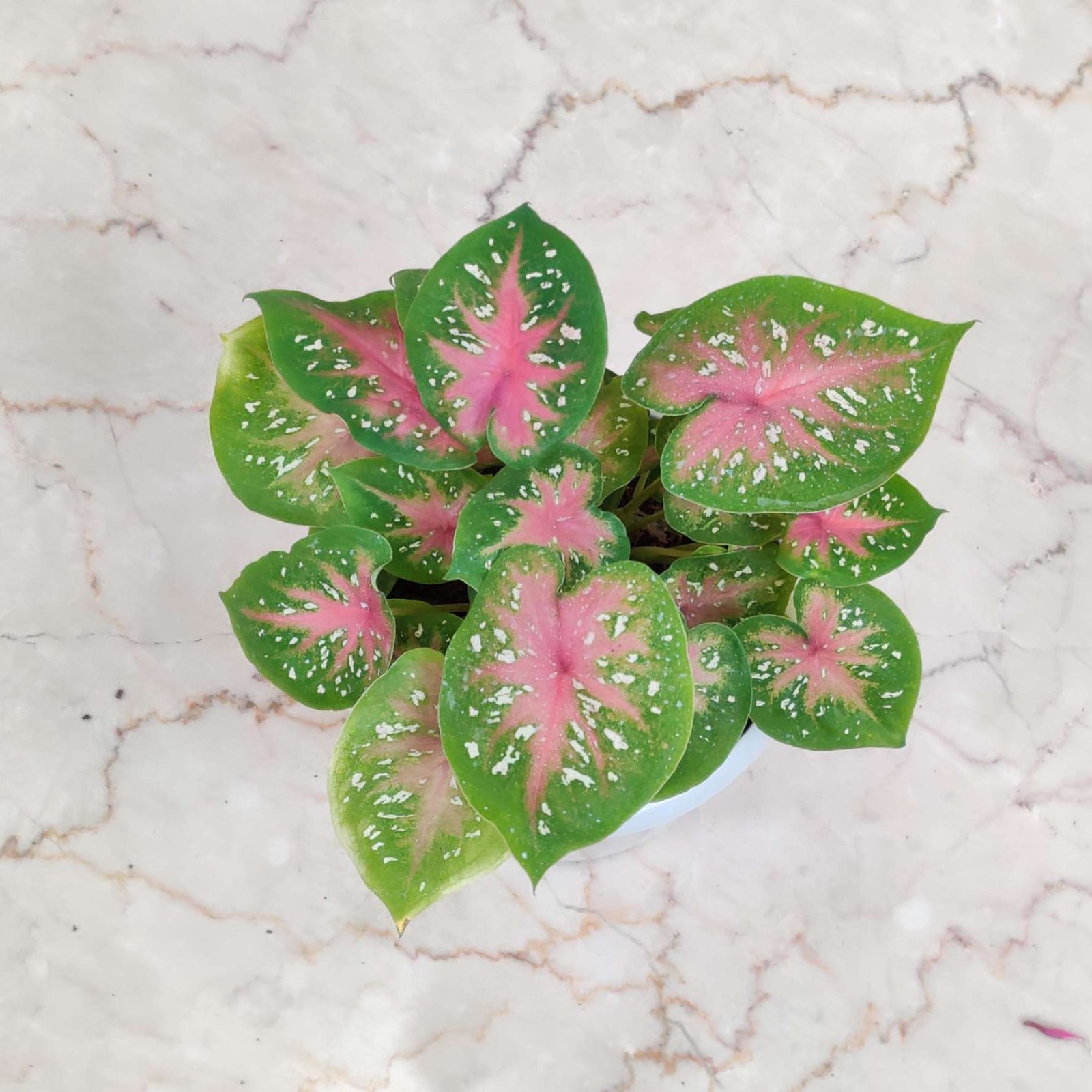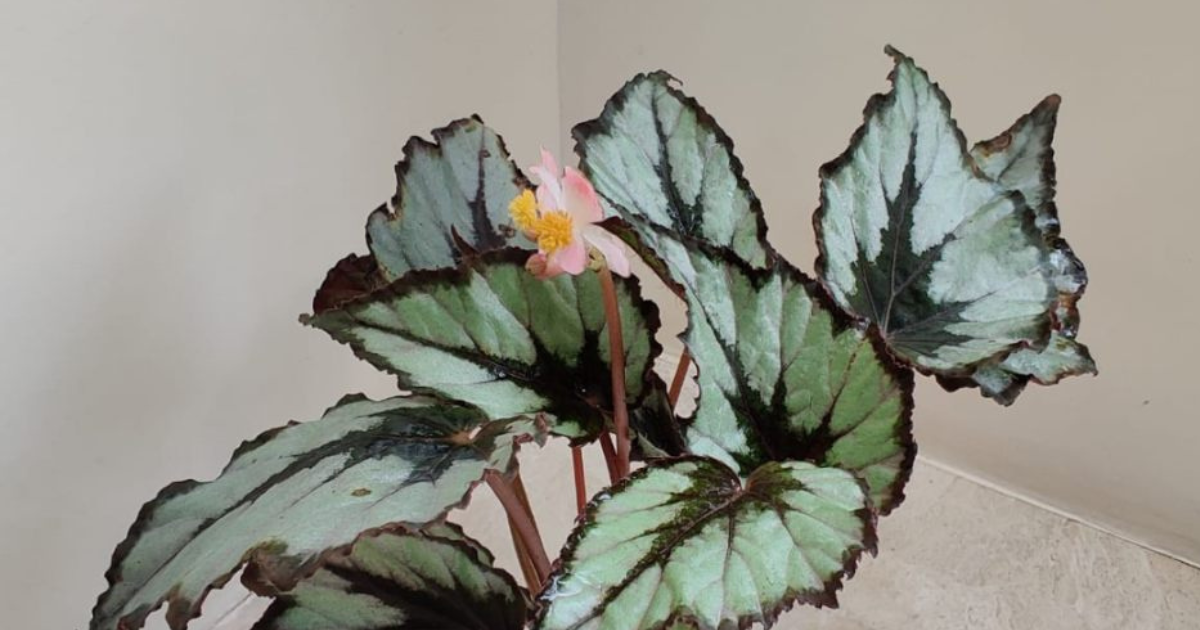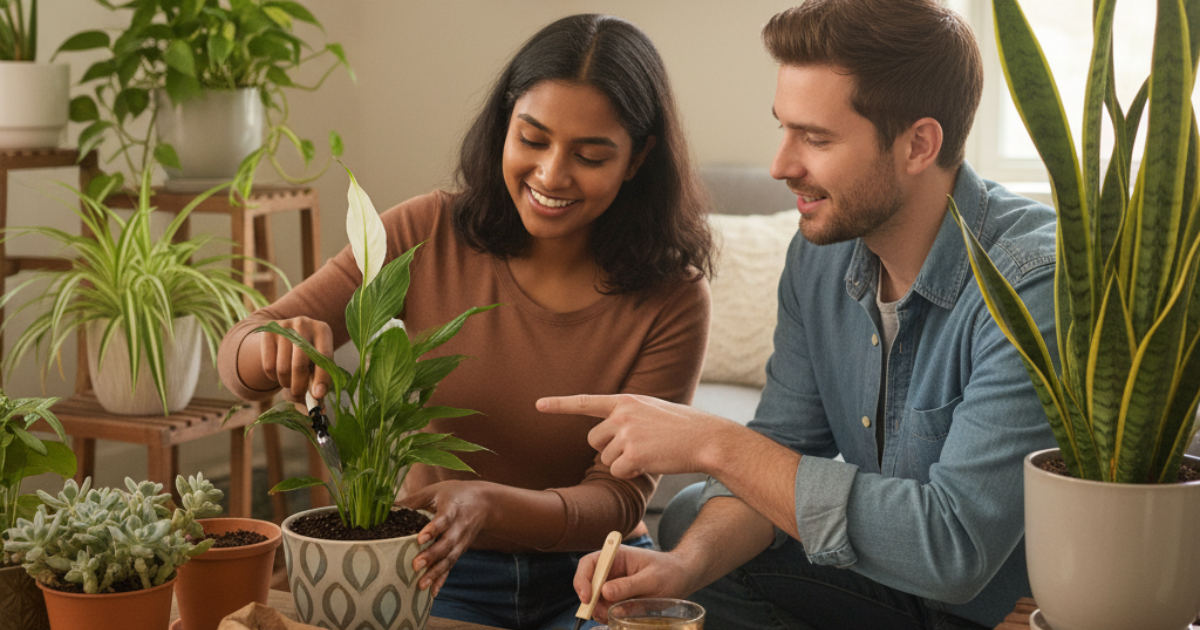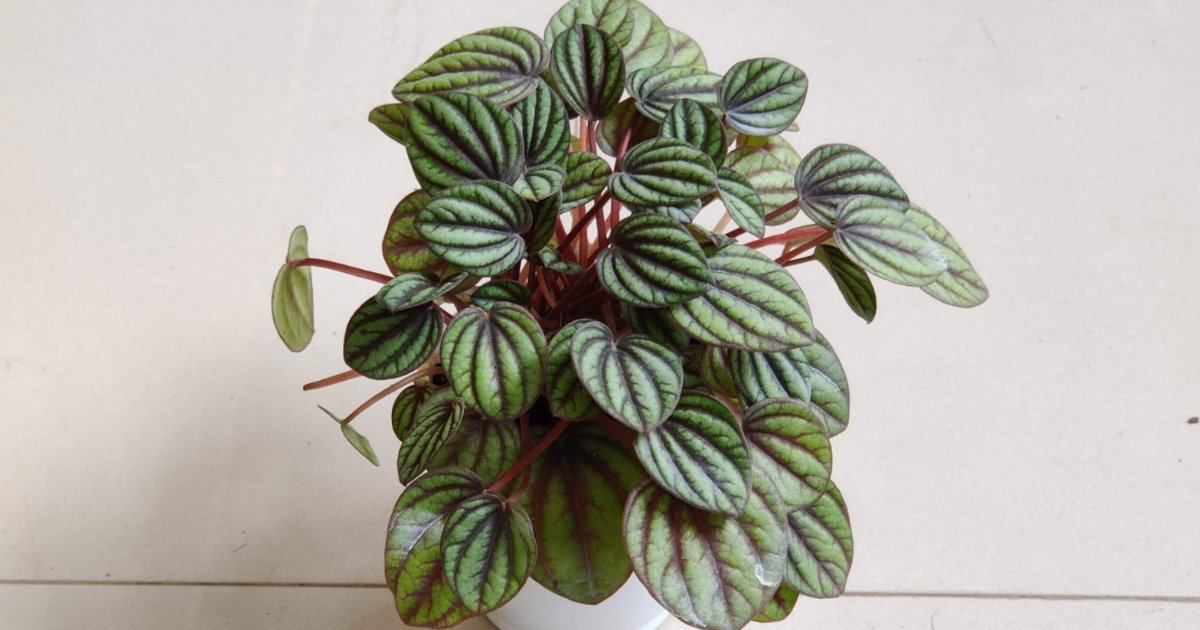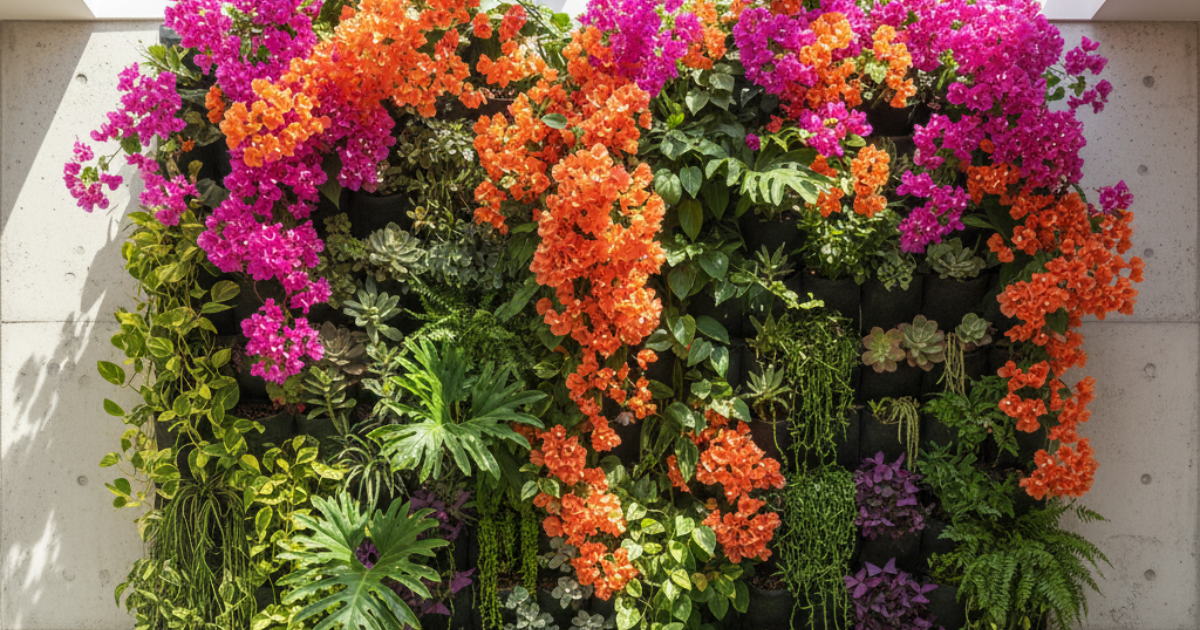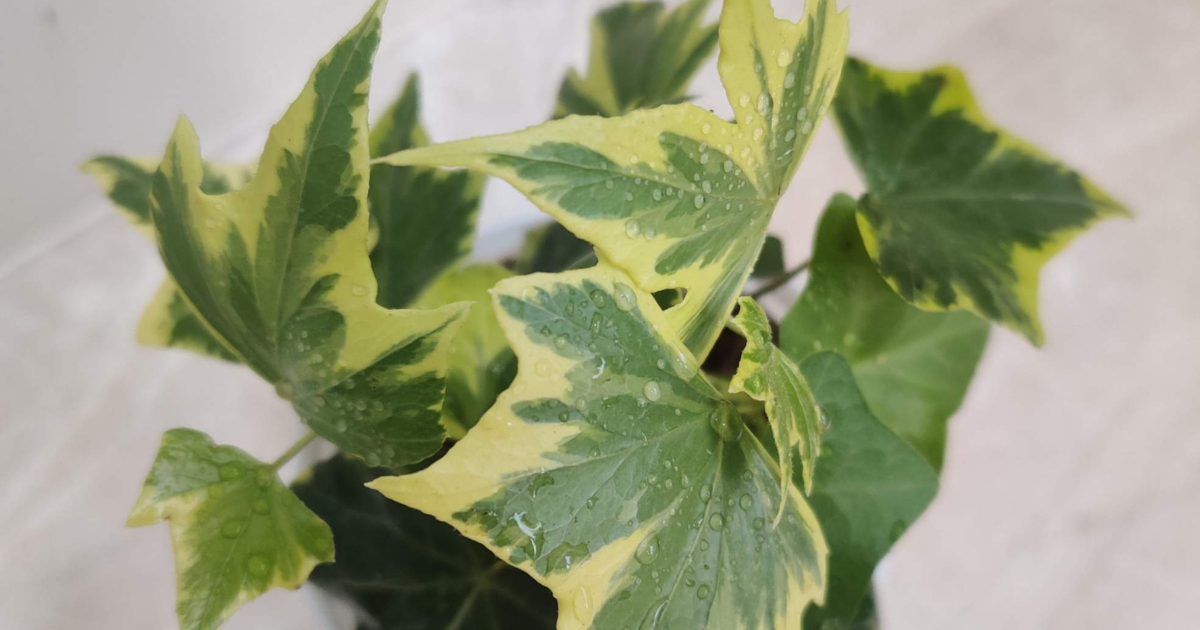Are you looking to add a burst of color to your garden or indoor plant collection? Meet Caladiums, also known as Angel Wings or Elephant Ears. These tropical foliage plants are adored for their heart-shaped leaves painted in vivid patterns of red, pink, white, and green. Native to South America, Caladiums offer a low-maintenance yet visually striking addition to any indoor or outdoor space.
In this comprehensive guide, we’ll dive into everything a plant enthusiast needs to know about growing and caring for Caladiums—from planting bulbs to designing container gardens, solving common problems, and maximizing seasonal blooms.
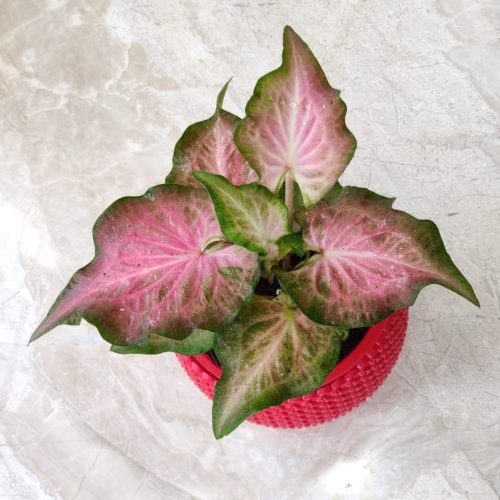
Common Name: Caladium, elephant ears
Botanical Name: Caladium spp.
Family: Araceae
Plant Type: Tropical perennial
Mature Size: 12–30 in. tall, 12–24 in. wide
Sun Exposure: Indirect light (indoors), full to partial shade (outdoors)
Soil Type: Rich, well-drained
Soil pH: Acidic (5.5-6.2)
Native Area:Central America, South America
Toxicity: Toxic to people and pets
Caladium leaves come in beautiful combinations of red, pink, green, and white, often featuring colorful veins and contrasting edges. These unique patterns make caladiums a versatile choice for adding color to gardens and landscapes. Instead of stems, their leaves grow on long stalks (petioles) that emerge directly from the tuber.
What Are Caladiums?
Caladiums are tuberous perennials from the tropical rainforests of South America. These plants are known for their decorative foliage rather than their flowers. The leaves are typically heart-shaped or arrowhead-shaped, and their vibrant patterns make them one of the most ornamental shade-loving plants available.
Key characteristics:
Dormant during cooler seasons
Belong to the Araceae family
Native to Brazil and surrounding regions
Popular both as houseplants and bedding plants
Benefits of Caladiums: Brighten Your Space with Ease
Caladiums are more than just beautiful plants with colorful leaves—they offer plenty of perks! They’re perfect for adding vibrant color to shady spots in your garden, patio, or balcony. You can even use their stunning leaves in floral arrangements.
Beyond their looks, Caladiums are great for your home’s air quality. They can help remove harmful toxins like formaldehyde, benzene, and xylene, making the air cleaner and fresher. Whether indoors or outdoors, they’re a great choice for adding beauty and health benefits to your space!
What Makes Caladiums Special?
Originating from the tropical regions of Central and South America, Caladiums are prized for their colorful foliage. Their leaves can showcase a mix of white, green, pink, and red hues with intricate patterns like veining, mottling, or stripes. While their flowers are relatively inconspicuous, their vibrant leaves make them a standout choice for any indoor or outdoor garden.
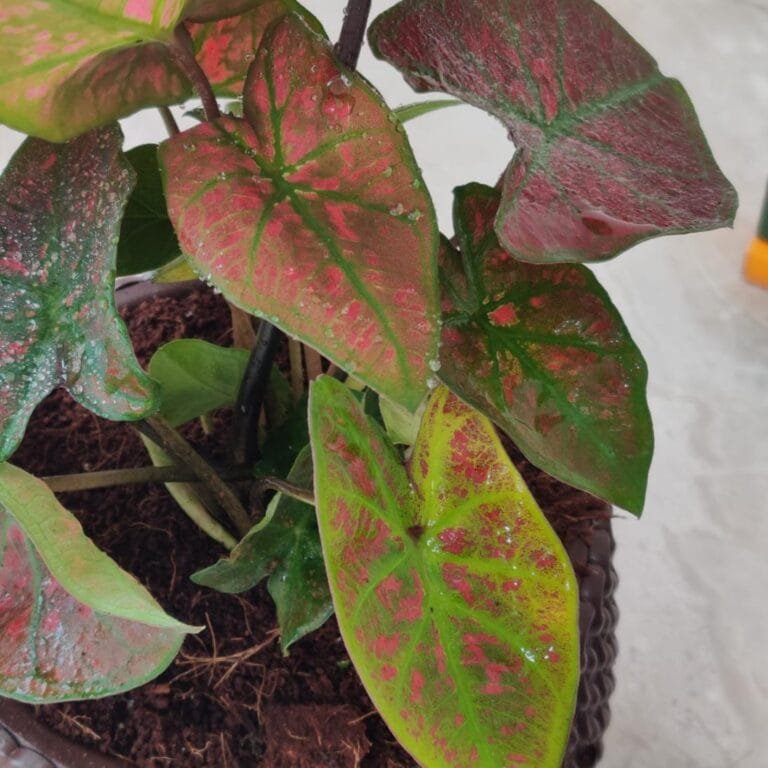
Ideal Growing Conditions for Caladiums
Caladiums thrive in partial shade with filtered sunlight, preferring rich, well-drained, slightly acidic soil, and consistently moist conditions, ideally with warm temperatures and high humidity; they perform best when planted in a location that receives only a few hours of morning sun to avoid leaf scorching from intense direct sunlight; most varieties benefit from protection from strong winds due to their large leaves.
1. Ideal Light Conditions for Caladiums
Caladiums thrive in indirect sunlight or filtered shade. While most varieties prefer partial to full shade, newer cultivars like ‘Aaron’ and ‘Scarlet Flame’ are sun-tolerant Caladium varieties that can handle full morning sun and some afternoon sun in cooler climates.
Best practices:
Outdoors: Plant in shaded flower beds or beneath taller plants
Indoors: Place near north or east-facing windows
2. Soil Requirements: The Foundation of Healthy Growth
Caladiums prefer a well-draining, slightly acidic soil with a pH of 5.5 to 6.2. Poor drainage can cause the tubers to rot, so amending your soil with organic matter and perlite is highly recommended.
Ideal soil mix:
25% organic compost or leaf mold
50% peat moss or coconut coir
25% perlite or coarse sand
3. Watering Caladiums: A Delicate Balance
Watering is crucial, especially during active growth in spring and summer. Caladiums need consistently moist soil but should never sit in waterlogged conditions.
Watering schedule:
Fall/Winter: Reduce watering as the plant enters dormancy
Spring/Summer: Water when the top inch of soil feels dry
4. Temperature and Humidity Requirements
As tropical natives, Caladiums enjoy warm and humid conditions. The optimal temperature range is 70–85°F (21–29°C). They begin to decline if temperatures drop below 60°F (15°C).
Humidity tips:
Avoid placing them near air vents or drafts
Use a humidifier or pebble tray
Mist plants regularly indoors
5. Planting Caladium Bulbs (Tubers): Step-by-Step
Caladiums are commonly grown from tubers, available in nurseries or online. Tubers should be planted once the soil warms to 70°F (21°C).
Steps:
Water lightly after planting
Soak tubers in warm water for 1 hour before planting
Plant 2 inches deep with the bumpy eye side facing up
Space 6–8 inches apart
Seasonal Care and Maintenance
Spring and Summer: The Growing Season
- Start tubers indoors 4–6 weeks before the last frost, planting them 2 inches deep with the eyes facing up.
- Once the weather warms, transplant them outdoors or into larger pots.
- Remove flower spikes (spathes) as they appear to encourage leaf growth.
Fall and Winter: The Dormant Period
- When leaves begin to die back, stop watering and let the plant dry out.
- Lift the tubers, clean off excess soil, and store them in a cool, dark, and dry place at around 55°F.
- Replant in spring when temperatures are consistently above 70°F.
For an in-depth seasonal breakdown, check out our detailed guide: Understanding the Seasons of the Caladium Plant.
Growing Caladiums in Containers
Caladiums are perfect for container gardens on patios, balconies, or indoors.
Container tips:
- Use pots with drainage holes
- Choose a lightweight, well-aerated potting mix
- Group with ferns, impatiens, or coleus for added texture
Design ideas:
- Combine contrasting varieties for dramatic flair
- Use tall planters to display cascading leaves
Fertilizing Caladiums for Vibrant Foliage
Feeding your Caladiums properly ensures vivid colors and lush growth.
Fertilizer guidelines:
- Use a balanced liquid fertilizer (like 10-10-10) every 2-3 weeks
- Apply slow-release granules for outdoor beds
- Avoid fertilizing during dormancy
Caladium Maintenance & Pruning
Caladiums require minimal maintenance. Focus on removing yellow or damaged leaves and cutting off flower spikes to divert energy into leaf production.
Maintenance checklist:
- Deadhead spent or yellow leaves
- Prune inflorescences (flowers) for better foliage
- Clean leaves to remove dust indoors
Understanding Caladium Dormancy
Caladiums naturally go dormant in fall. The foliage will yellow and die back as the tuber rests.
Dormancy care:
- Stop watering as leaves fade
- Dig up tubers if outdoors in cold climates
- Store tubers in dry peat moss in a cool, dark location (50–65°F)
How to Propagate Caladiums: A Complete Guide to Tuber Division
Propagation is a great way to multiply your favorite Caladium plant varieties without buying new ones. The most reliable and effective method is by dividing the tubers, which are the underground storage structures from which Caladiums grow. This process is simple, economical, and ideal for gardeners who want to expand their collection or share plants with friends.
What Are Caladium Tubers?
Caladiums grow from tubers (often called bulbs) that store energy and nutrients. These tubers produce multiple “eyes,” which are small growing points or buds that eventually sprout into new leaves. Each tuber can grow multiple plants, making them perfect for division and propagation.
Step-by-Step Guide: Propagating Caladiums by Tuber Division
Step 1: Wait for Dormancy (Late Fall or Early Spring)
Propagation should be done when the plant is dormant and not actively growing. In most regions, this means late fall after the foliage dies back or early spring before planting.
Step 2: Dig Up the Tubers Carefully
If the Caladium is in the ground or a pot, gently loosen the soil around the plant and lift the tubers. Brush off excess soil and inspect them for healthy growth.
Tip: Wear gloves to avoid skin irritation, as Caladiums can cause mild reactions.
Step 3: Identify the “Eyes” on the Tuber
Each tuber will have one or more eyes or nodes, which look like small raised bumps. These are the growth points where new leaves will emerge.
Step 4: Cut Tubers Into Sections
Using a sharp, sterile knife or garden blade, cut the tuber into pieces. Each piece should contain at least one eye. Larger pieces with more eyes will produce fuller plants more quickly.
Sterilize the blade with rubbing alcohol between cuts to prevent disease transmission.
Step 5: Allow Cut Tubers to Callous
Lay the cut pieces in a shaded, dry, and well-ventilated area for 5–7 days. This process is called callousing and helps prevent fungal infections and rot when the tubers are replanted.
Step 6: Store (If Needed)
If it’s still too cold to plant (soil temperature below 70°F or 21°C), store the dried tuber sections in dry peat moss, vermiculite, or newspaper in a breathable container (like a paper bag or cardboard box). Keep them in a cool, dark place at around 60–65°F (16–18°C).
Step 7: Replant in Spring
Once the soil warms up (above 70°F or 21°C), plant the divided tubers 2 inches deep with the eyes facing upward. Water lightly and wait for new shoots to emerge in 2–4 weeks.
Bonus Tips for Successful Caladium Propagation
- Use larger tubers for quicker, more robust growth
- Avoid overwatering after planting—keep soil moist but not soggy
- Choose disease-free, firm tubers for best results
- Add a light fungicide dust to cut surfaces (optional) to prevent rot
Why Propagate Caladiums?
- Multiply your favorite Caladium varieties
- Save money by expanding your garden without buying new plants
- Share with fellow plant lovers or sell locally
- Rejuvenate aging tubers that have become overcrowded
Can Caladiums Be Grown from Seeds?
Yes, but it’s not recommended for home gardeners. Caladium seeds are slow to germinate, take many months to grow into mature plants, and often don’t resemble the parent plant, especially hybrids. Tuber division remains the most reliable method.
Common Caladium Problems and Solutions
| Problem | Cause | Solution |
| Yellow leaves | Overwatering, low light | Improve drainage, relocate plant |
| Brown edges | Low humidity, sunburn | Increase humidity, move to shade |
| Leaf drop | Dormancy or shock | Allow rest, adjust care |
| Pest infestations | Aphids, mealybugs, mites | Use neem oil or insecticidal soap |
Top Caladium Varieties for Every Garden
- ‘White Christmas’ – Classic white leaves with green veins
- ‘Red Flash’ – Large red blotches and pink speckles
- ‘Miss Muffet’ – Dwarf lime leaves with pink dots
- ‘Aaron’ – White leaves, great for sun tolerance
- ‘Raspberry Moon’ – Bold raspberry-pink spots on green leaves
- ‘Postman Joyner’ – Vibrant red centers with green margins
Creative Uses for Caladiums
Caladiums make great design elements in:
- Shade gardens under trees
- Tropical-themed patios
- Indoor containers
- Seasonal mixed planters
- Foliage arrangements (cut leaves last 2-3 weeks)
Are Caladiums Toxic?
Yes, all parts of Caladiums are toxic to humans and pets. Ingestion may cause oral irritation, vomiting, or worse.
Precautions:
- Keep out of reach of pets and children
- Use gloves when handling sap
Final Thoughts: Why Every Plant Lover Needs Caladiums
Caladiums are a vibrant, low-maintenance choice for anyone looking to add tropical flair and artistic foliage to their garden or home. With proper care, they’ll return year after year, bringing their dramatic patterns and vibrant colors to shaded corners, patios, and even bright living rooms.
Whether you’re a beginner or a seasoned gardener, growing Caladiums can be incredibly rewarding. Explore new sun-tolerant varieties, experiment with container designs, and enjoy the ever-changing canvas that these stunning plants provide.
FAQs:
1: Can Caladiums grow indoors year-round?
They go dormant seasonally but can be restarted indoors each year.
2: Do Caladiums bloom?
Yes, but the flowers are small and not ornamental. Most growers remove them.
3: Can Caladiums tolerate full sun?
Some newer cultivars can handle full sun in cooler regions.
4: Do Caladium bulbs multiply?
Yes, they produce offsets that can be divided.
5: Why is my Caladium wilting?
Likely due to overwatering, underwatering, or temperature stress.

